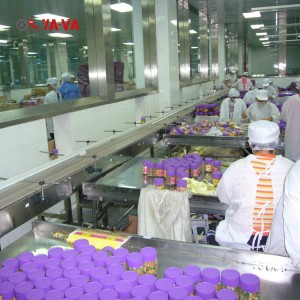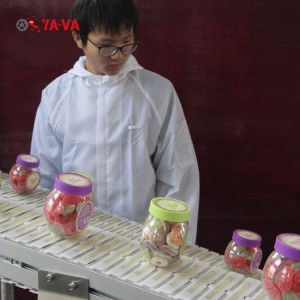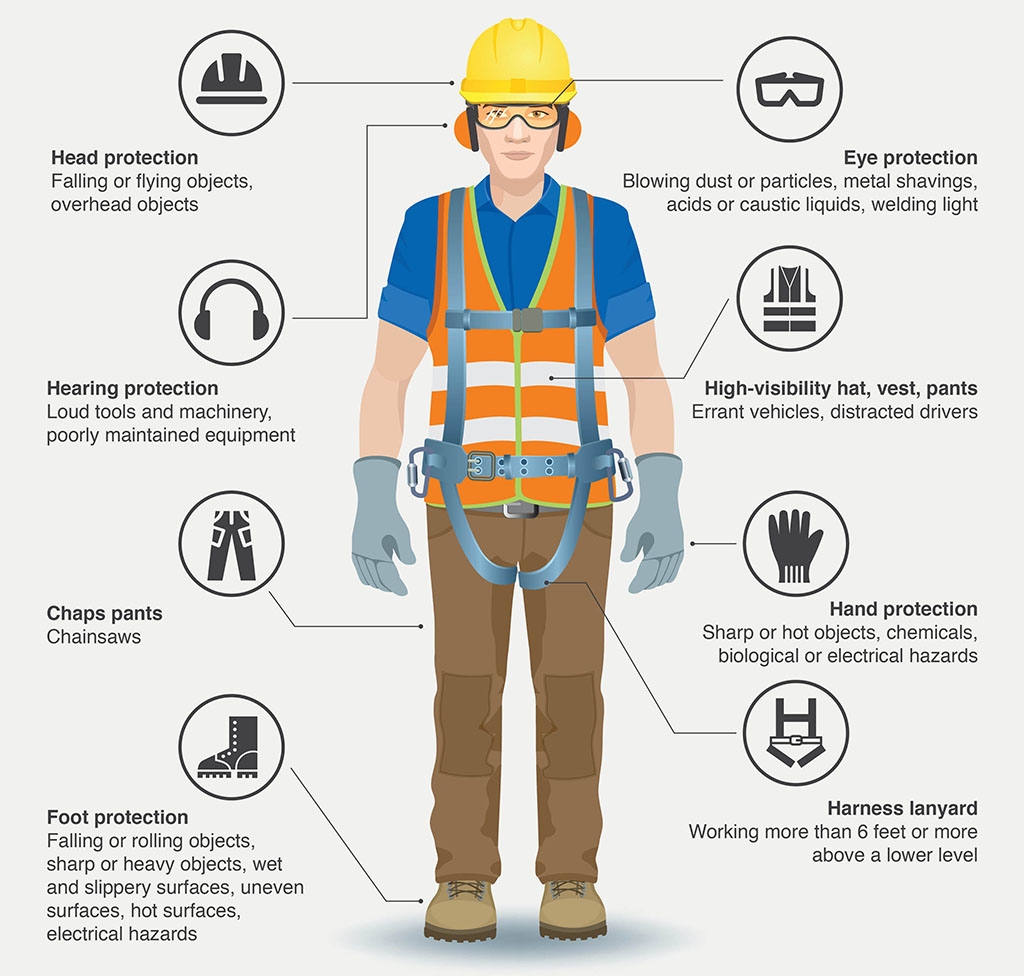1. Improper Attire
-
Loose Clothing, Accessories, or Long Hair: Wearing loose clothing, jewelry, or having long hair that is not properly secured can easily get caught in the moving parts or pinch points of a conveyor belt, pulling the person into a hazardous area.
-
Failure to Wear Personal Protective Equipment (PPE): Lack of appropriate PPE, such as safety gloves or goggles, can increase the risk of being caught in the conveyor belt.
2. Improper Operation
-
Cleaning or Maintenance While the Conveyor is Running: Performing cleaning or maintenance tasks while the conveyor is in operation can expose workers to moving parts, increasing the risk of being caught.
-
Manually Clearing Blockages: Attempting to clear material blockages while the conveyor is running can lead to limbs coming into contact with moving parts.
-
Ignoring Safety Warnings: Failure to follow safety signs, alarms, or operating procedures can result in workers unknowingly coming into contact with dangerous areas.
3. Inadequate Equipment Maintenance
-
Aging or Faulty Equipment: Failure to regularly inspect and maintain the conveyor belt can lead to equipment malfunctions, such as belt breakage, drive shaft jams, or motor overheating, which can increase the risk of accidents.
-
Missing or Damaged Safety Guards: If protective devices (such as guardrails or emergency stop buttons) are missing or damaged, workers are more likely to come into contact with moving parts.
4. Material Accumulation or Slippage
-
Material Buildup: Accumulation of material on the conveyor belt can cause the equipment to suddenly stop or become blocked. When workers attempt to clear the buildup, they may get caught in the conveyor.
-
Material Slippage: Material falling off the conveyor belt can injure workers or push them into hazardous areas.
5. Environmental Factors
-
Insufficient Lighting or Noise Interference: Working in poorly lit or excessively noisy environments can prevent workers from noticing dangerous situations in time, increasing the risk of being caught in the conveyor belt.
-
Slippery or Uneven Floors: Wet or uneven floors around the conveyor belt can cause workers to slip or trip, leading to contact with moving parts.
Preventive Measures
- Regular Maintenance and Inspection: Regularly check the condition of the conveyor belt and replace any aged or damaged components promptly.
- Install Safety Guards: Ensure that moving parts of the conveyor belt are equipped with appropriate safety devices, such as guardrails and protective covers.
- Provide Safety Training: Offer comprehensive safety training to workers who operate and maintain the conveyor belt, emphasizing the importance of following operating procedures and using PPE.
- Maintain a Clean Work Area: Keep the area around the conveyor belt clean to prevent material buildup or slippage.


What kind of PPE is recommended for working near a conveyor belt?
1. Safety Glasses
Safety glasses protect your eyes from dust, debris, and other flying particles that may be generated by the conveyor belt.
2. Gloves
Protective gloves can prevent abrasions, cuts, and other hand injuries. They are essential when handling materials or making adjustments to the conveyor.
3. Hard Hats
Hard hats are necessary to protect your head from overhead hazards, such as falling objects or exposed components above the conveyor belt.
4. Steel-Toed Boots
Steel-toed boots provide protection for your feet against heavy objects and other potential hazards that may be present around the conveyor belt.
5. Earplugs or Earmuffs
If you are working in a noisy environment, hearing protection such as earplugs or earmuffs is recommended to protect against long-term hearing damage.
6. Close-Fitting Clothing
Avoid wearing loose clothing or accessories that could get caught in the moving parts of the conveyor belt. Long hair should also be tied back to prevent entanglement.
7. Additional Protective Gear
Depending on the specific hazards present in your workplace, additional PPE such as dust masks, face shields, or reflective vests may also be necessary.

Post time: Feb-10-2025



